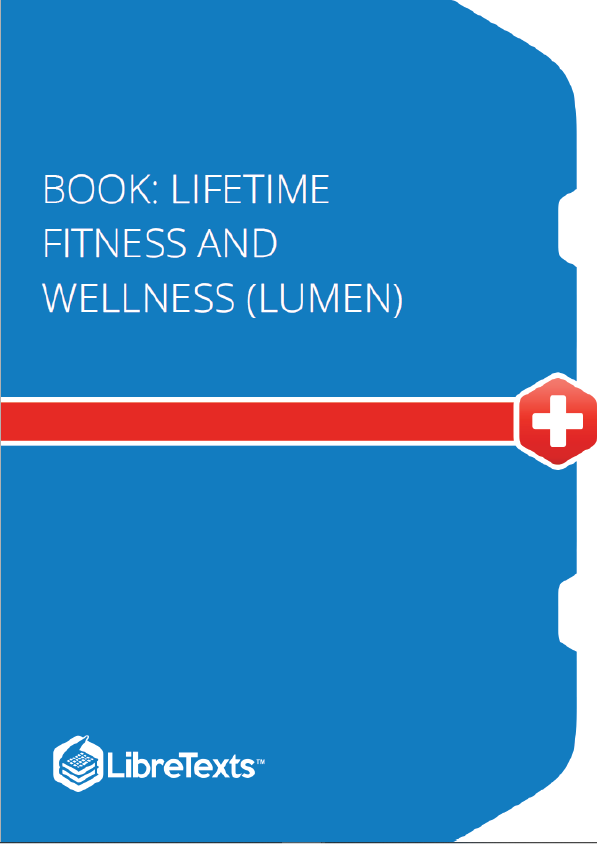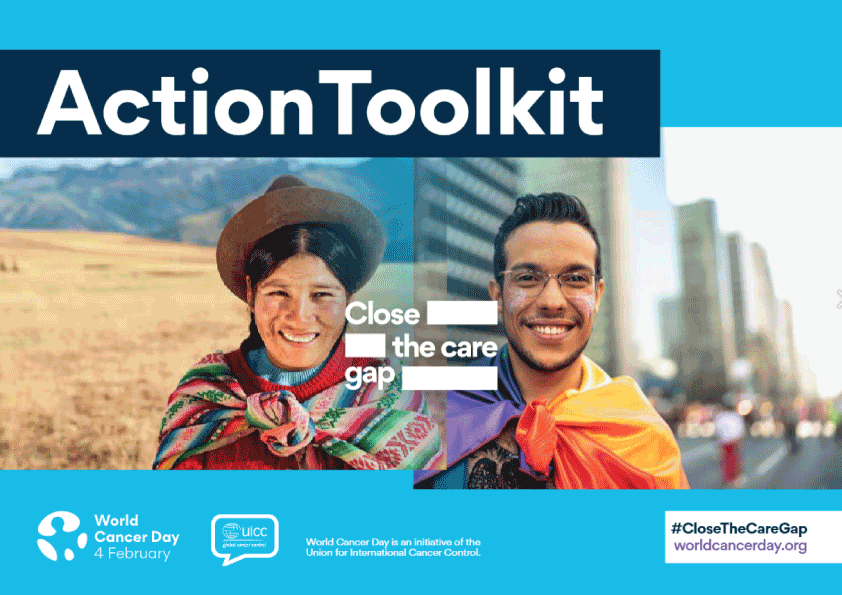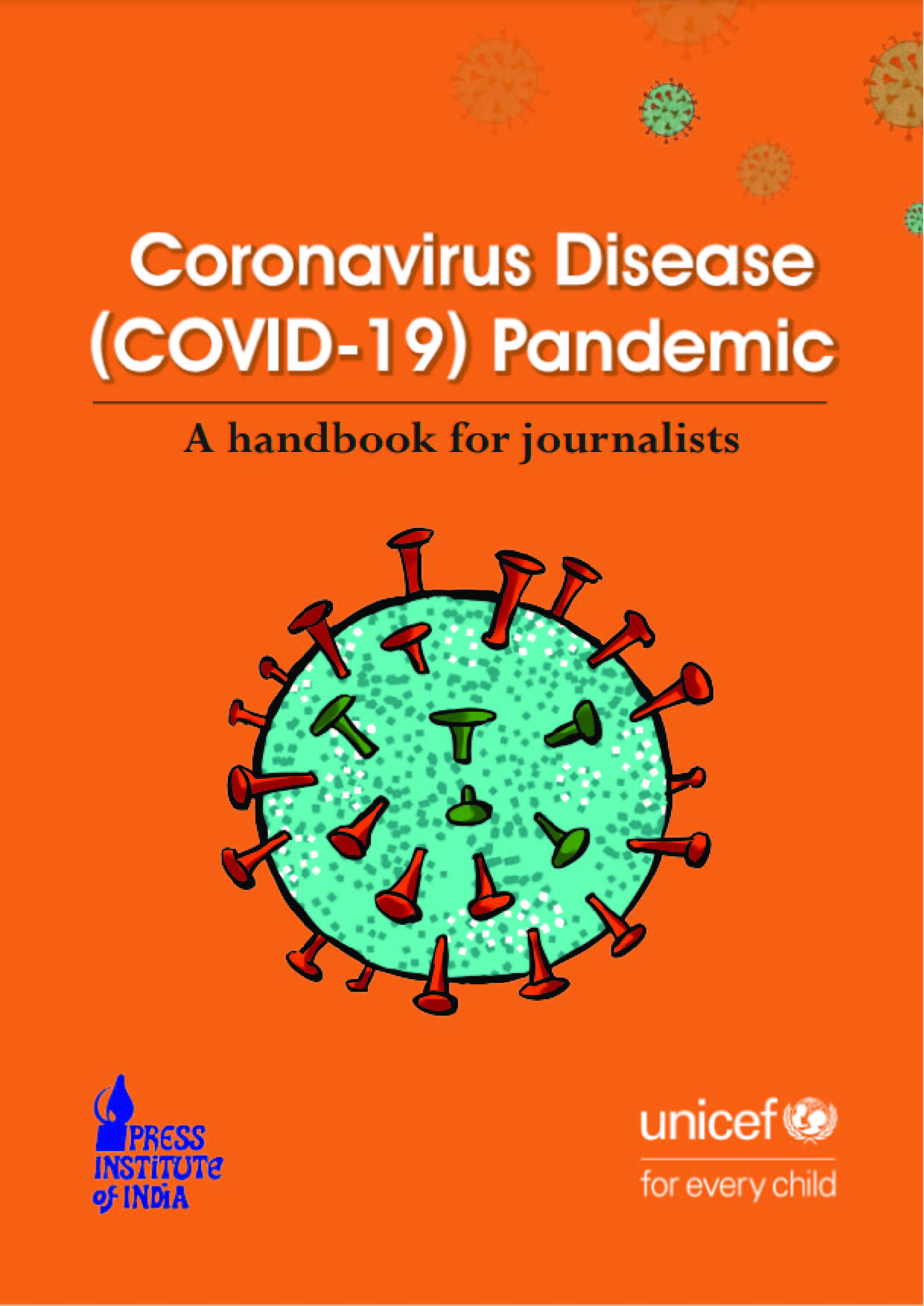The content, assignments, and assessments for Lifetime Fitness and Wellness are aligned to the following learning outcomes:
- Demonstrate an understanding of the physiological benefits of movement, physical activity and wellness;
- Define principles involved in increasing and maintaining physical fitness;
- Evaluate and apply fitness and wellness concepts to individual lifestyle;
- Participate in movement and wellness activities;
- Design, implement, and evaluate personal wellness and fitness programs.
Overcoming Barriers to Physical Activity
Given the health benefits of regular physical activity, we might have to ask why two out of three (60%) Americans are not active at recommended levels.
Many technological advances and conveniences that have made our lives easier and less active, as well as many personal variables, including physiological, behavioral, and psychological factors, may affect our plans to become more physically active. In fact, the 10 most common reasons adults cite for not adopting more physically active lifestyles are (Sallis and Hovell, 1990; Sallis et al., 1992):
- Do not have enough time to exercise
- Find it inconvenient to exercise Lack self-motivation
- Do not find exercise enjoyable
- Find exercise boring
- Lack confidence in their ability to be physically active (low self-efficacy)
- Fear being injured or have been injured recently
- Lack self-management skills, such as the ability to set personal goals, monitor progress, or reward progress toward such goals
- Lack encouragement, support, or companionship from family and friends, and
- Do not have parks, sidewalks, bicycle trails, or safe and pleasant walking paths convenient to their homes or offices.
Understanding common barriers to physical activity and creating strategies to overcome them may help you make physical activity part of your daily life.
Introduction to Fitness and Wellness Readings
Important Information
Since we utilize various open sources for this class, and some of these sources are aimed at the general public, you may notice some inconsistencies in how the terminology is used. For this reason, I want you to keep in mind the following definitions as you read the various materials this week.
Health-related components of fitness: components of fitness that are necessary for good health. We will go over each one of these components in detail in the upcoming weeks. They are cardiorespiratory (CR) endurance (also called aerobic endurance), flexibility, muscular strength, muscular endurance, and body composition.
- CR endurance (aerobic endurance): The ability of the heart, blood vessels, and lungs to work together to accomplish three goals: 1) deliver oxygen to body tissues; 2) deliver nutrients; 3) remove waste products. CR endurance exercises involve large muscle groups in prolonged, dynamic movement (ex. running, swimming, etc)
- Flexibility: The ability of moving a joint through the range of motion.
- Muscular strength: The ability of muscles to exert maximal effort.
- Muscular endurance: The ability of muscles to exert submaximal effort repetitively (contract over and over again or hold a contraction for a long time).
- Body composition: The percentage of the body composed of lean tissue (muscle, bone, fluids, etc.) and fat tissue.











